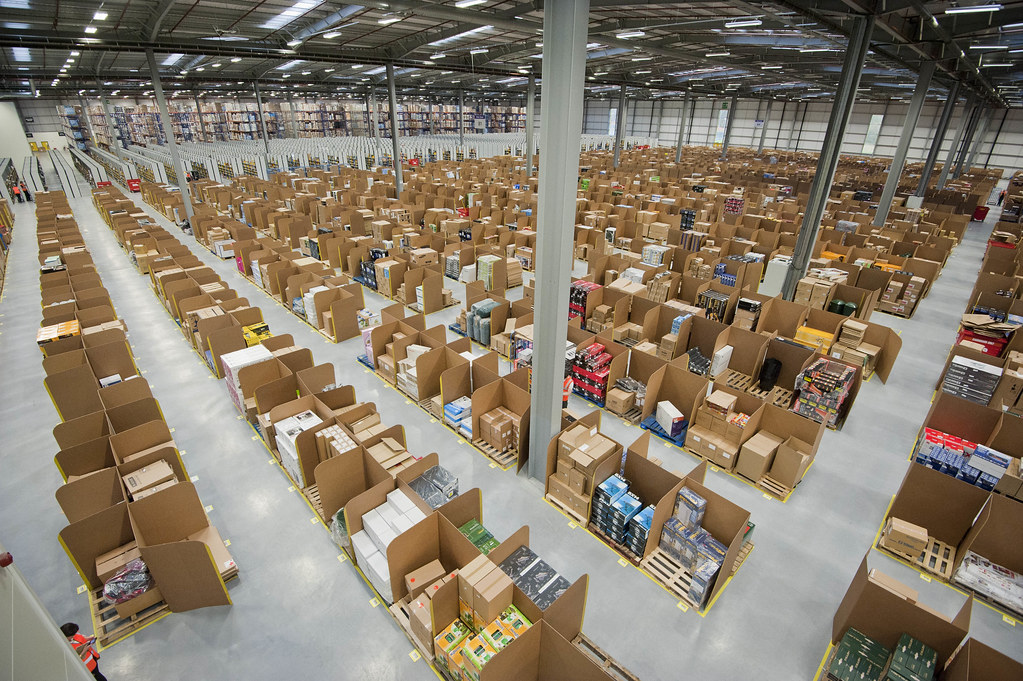(The Center Square) – Amazon’s CEO announced Thursday that the company would be raising prices to keep pace with inflation.
Amazon CEO Andy Jassy said the company will begin charging U.S. third-party sellers a 5% upcharge because of higher inflation and fuel costs, a hike expected to trickle down to consumers. The charge will take effect April 28.
“At a certain point, you can’t keep absorbing all those costs and run a business that’s economic,” Jassy said in an interview with CNBC’s “Squawk Box.”
The cost will affect sellers using “Fulfillment by Amazon,” an Amazon program where third parties sell on Amazon’s website, but Amazon handles delivering the items. Sellers pay more for Amazon to warehouse and ship their products, and now those fees are going up.
“If you look at the cost of fuel, if you look at the cost of metal and building, just very different,” Jassy said.
It’s unclear whether the upcharge will be permanent.
“We’re very aware that sellers have costs as well,” Jassy said. “We’ll keep looking at how costs evolve and revisit.”
The news comes as federal inflation data this week showed producer prices are increasing at a record pace, 11.2 percent, and consumer prices are rising at the fastest rate in four decades at 8.5 percent.
Amazon isn’t the only business raising prices because of inflation. A recent survey of small businesses from the National Federation of Independent Businesses found that “the net percent of owners raising average selling prices increased four points to a net 72% (seasonally adjusted), the highest reading in the survey’s history.”
“Price hikes were the most frequent in wholesale (84% higher, 0% lower), construction (83% higher, 3% lower), agriculture (78% higher, 2% lower), and retail sales (77% higher, 2% lower),” the report added. “Seasonally adjusted, a net 50% of owners plan price hikes, up four points from February.”
“Thirty-one percent of owners reported that inflation was the single most important problem in their business, up five points from February and the highest reading since the first quarter of 1981,” the report added. “Inflation has now replaced ‘labor quality’ as the number one problem.”
Businesses report energy costs as a top pain point when it comes to inflation, which matches federal data. The Bureau of Labor Statistics consumer data released this week showed energy costs as the most significant price increase.
“Increases in the indexes for gasoline, shelter, and food were the largest contributors to the seasonally adjusted all items increase,” BLS said. “The gasoline index rose 18.3 percent in March and accounted for over half of the all items monthly increase; other energy component indexes also increased. The food index rose 1.0 percent and the food at home index rose 1.5 percent. The all items index continued to accelerate, rising 8.5 percent for the 12 months ending March, the largest 12-month increase since the period ending December 1981.
“The energy index rose 32.0 percent over the last year, and the food index increased 8.8 percent, the largest 12-month increase since the period ending May 1981,” the report added.
Originally published by The Center Square. Republished with permission.
